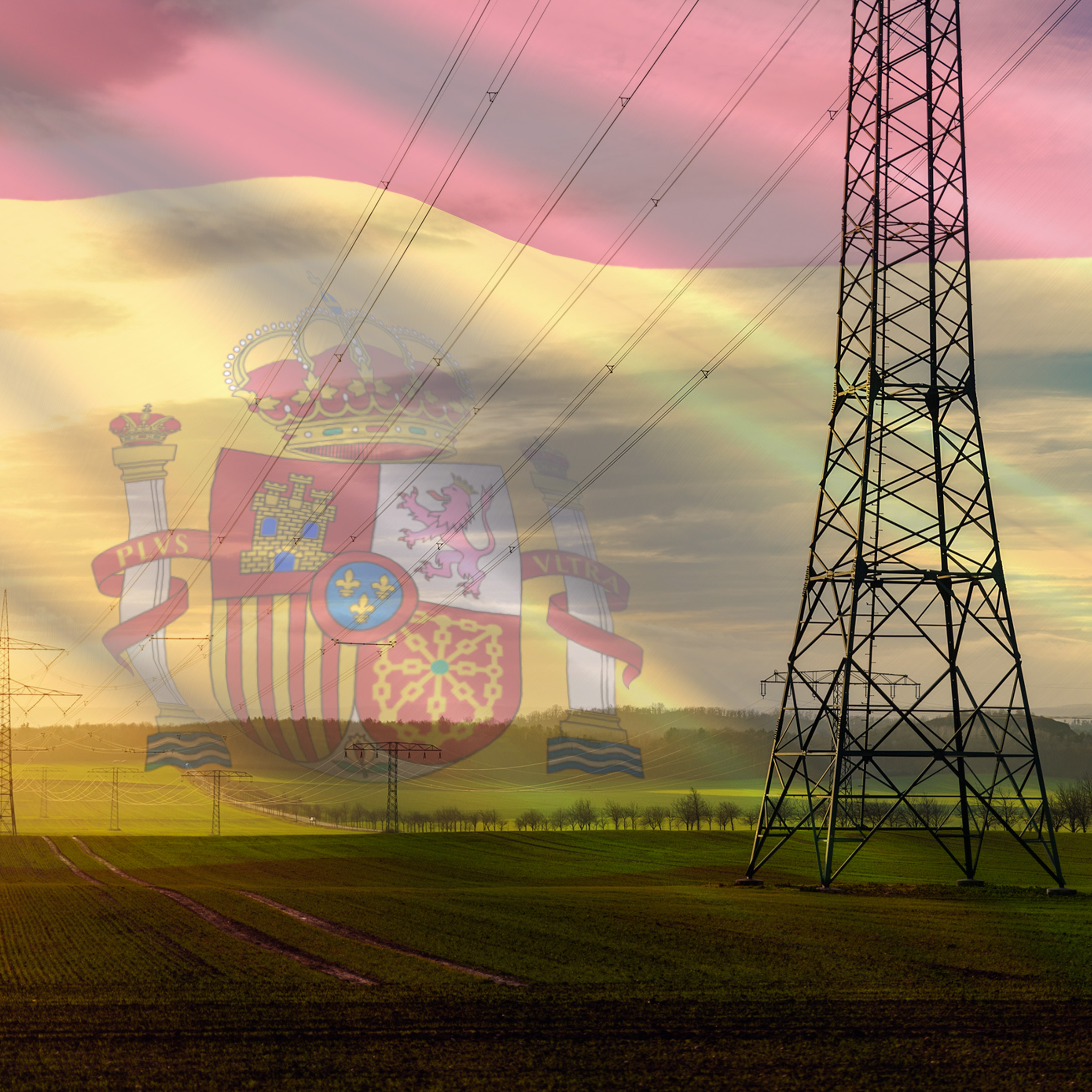
Root cause of Spanish blackout still unknown: investigation may take months
Short term:
Last week, spot prices fell to 0 €/MWh almost every day during the afternoon. On Thursday, Dutch spot prices dropped to as low as -140 €/MWh due to significantly lower power demand across Europe and exceptionally high solar generation in most countries. Thursday was a public holiday in many regions, leading to reduced power consumption. Over the weekend, temperatures fell and solar generation dropped. The average weekly spot price was 59.8 €/MWh.
On Monday, a major power outage occurred in Spain, Portugal, and parts of France. The Spanish grid was severely affected, leaving millions without electricity. The exact cause has not yet been disclosed, and authorities say it may take a long time before the origin of the outage is known. ENTSOE has now assembled a panel of experts to identify the root cause. Large-scale blackouts are rare in Europe. For example, last year a power failure across several Balkan countries was caused by vegetation growing too close to high-voltage lines. In 2019, a lightning strike left millions without power in the United Kingdom.
Gas prices rose slightly last week, with near-term forward contracts climbing by about €0.50 to approximately 33 €/MWh. CO2 prices increased by more than 2 euros, ending the week at 68.8 €/EUA. Dutch power for June dropped by 2 euros to 70 €/MWh. July and August increased by 1 to 1.5 euros, closing at 72.4 and 73 €/MWh respectively. Clean spark spreads for the coming months became more negative: June dropped by about 4 euros to -18 €/MWh, and July fell by 1 euro to -15 €/MWh.
Electricity (€/MWh)
Gas (€/MWh)
Long term:
The German Bundesnetzagentur has mandated that 6.5 GW of reserve capacity be available for the upcoming winter. This is slightly lower than last winter’s requirement of 7 GW, partly due to the addition of coal plants to the reserves. In 2023, the estimated need for this winter was as high as 10 GW.
Last week, ENTSOE published its Bidding Zone Review. The study assesses whether splitting countries into multiple bidding zones could improve economic efficiency and facilitate electricity trading between zones. ENTSOE concluded that dividing the Netherlands into two zones could generate around €9 million in added market value by 2025. Splitting Germany into five zones could yield between €250–340 million in 2025. However, such studies face significant criticism. For instance, Germany and Austria were split into separate zones in 2018, and it’s still unclear whether Austria has actually benefited. In addition, many variables are not taken into account in these studies, making it hard to draw firm conclusions.
For 2026, gas rose by 1 euro to 32 €/MWh. CO2 gained more than 2 euros to close at 70.5 €/EUA. The Dutch CAL-26 power contract rose by about 3 euros to 80.1 €/MWh. As a result, the clean spark spread for next year declined by 0.5 euros to -6 €/MWh.
Base (€/MWh)
Peak (€/MWh)
Gas (€/MWh)
CO2 (€/MWh)
Sign up for our weekly market report
Enter your details below and receive the weekly market report in your mailbox for free.
Want to know more about us?
Contact us via our contact page or find out more about our company on the about us page.

